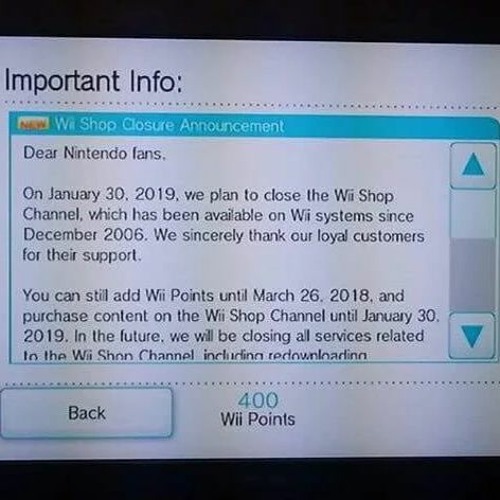
In 2014, Nintendo updated the 3DS to include different themes for the 3DS home screen. These games support 3D, have save states, can add screen blurring and the games with multiplayer have local multiplayer via wireless. These games are emulations of arcade games, Sega Genesis games, and Sega Master System games. In addition, there is also a library of Sega 3D Classics on the eShop. Even game performance can be altered between "original" and "special" (original accurately emulates slowdown and special fixes the slowdown issues of the original games). Screen blurring is an option that emulates the original screen if chosen. The latter comes in three colors: red, blue, or black. In addition to Restore Points (save states), users can select whether the display fits the screen as a square, stretches to fill the screen, or is surrounded by a detailed, 3D Game Gear border. Game Gear games on the Virtual Console come with more features than other Virtual Console games. Several Game Gear games are available internationally. Like the console version, the 3DS version includes games from non-Nintendo systems.
#Nintendo wii points generator 2016 nintendo 3ds download#
The 3DS allows players to download old games onto their system via the eShop's Virtual Console service, similar to the corresponding service on the Wii U. Sega 3D Fukkoku Archives 3: Final Stage (Japan) Mario & Sonic at the Rio 2016 Olympic Games Sonic & All-Stars Racing Transformed: Bonus Edition Mario & Sonic at the London 2012 Olympic Games Nintendo officially ended production of the 3DS in 2020. With the release of Sonic Boom: Shattered Crystal in November 2014, a Sonic Boom puzzle was added to the Puzzle Swap game found in the pre-loaded StreetPass Mii Plaza application.

The cards for the 3DS have a bump on the right side in order to avoid them being inserted into a Nintendo DS system. All Sonic the Hedgehog games released on the DS can also be played on the 3DS. The 3DS is also backward-compatible with the entire backlog of DS games. Note that the bottom screen is not a 3D screen, and is instead a touchscreen interface similar to that found on the preceding Nintendo DS.

This allows the top screen to present a sense of depth but the 3D is adjustable. To do this, the system uses a technique known as autostereoscopy, which involves rendering two separate images, one for each eye.

The 3DS is the successor of the Nintendo DS and is notable for fully integrating stereoscopic 3D graphics. The Nintendo 3DS is a handheld game system released by Nintendo.


 0 kommentar(er)
0 kommentar(er)
